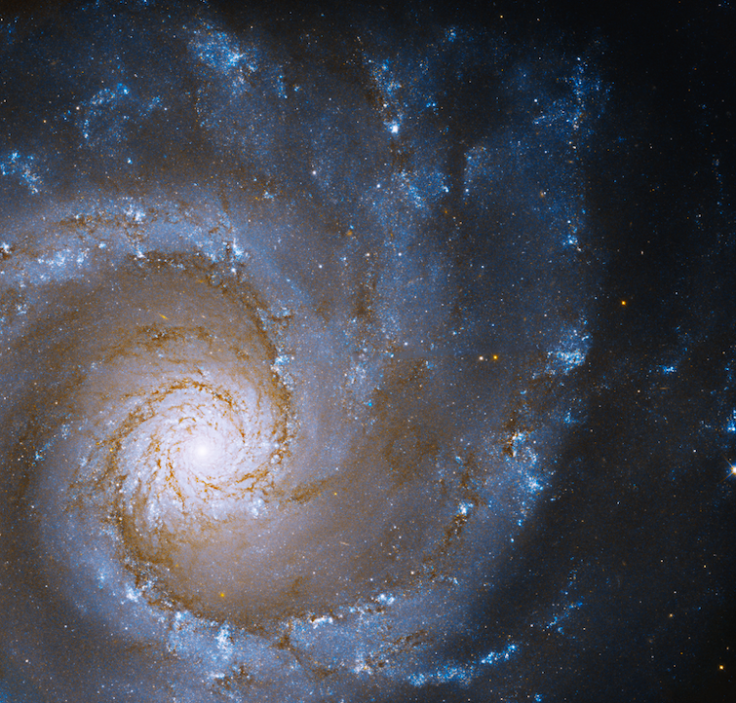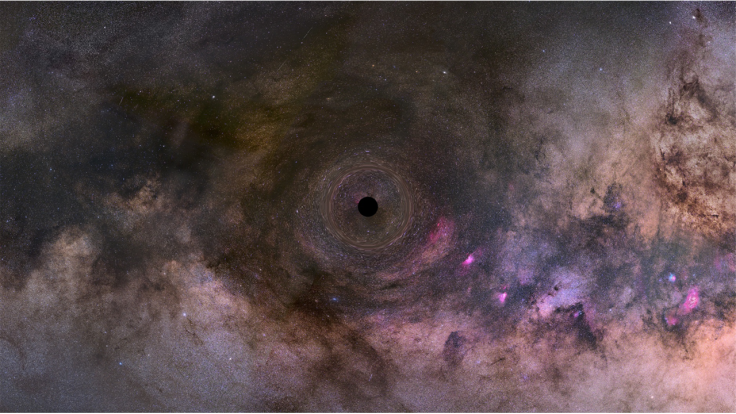
The Hubble Space Telescope has captured a new and fascinating image of space. Found in constellation Hercules, multiple galaxies could be seen shining brightly against the dark backdrop of space.
Galactic Objects Captured by Hubble Space Telescope
The picture you see above, which the European Space Agency (ESA) released on July 25, is not just any picture of space. It features multiple galaxies, but perhaps most noticeably is the lone galaxy in the upper right, called LEDA 58109.
Two other galactic objects are spotted in the lower left corner of the image, which appear to overlap. The galaxy SDSS J162557.25+435743.5 is obscured to some extent by one of the objects, an active galactic nucleus (AGN) known as SDSS J162558.14+435746.4.
Galaxies are often classified into two types: spiral and elliptical. This latest Hubble image, however, shows a wide variety of galaxies, emphasizing how difficult it is to categorize these clusters of stars, dust, and dark matter, as per Space.com.
What is the Hubble Space Telescope?
As previously reported (via NASA), the Hubble Space Telescope is a large solar-powered telescope in space that has made more than one million observations. Astronomical objects including planets, stars, and galaxies are captured in sharp images using this device.
What Instruments Are on Hubble?
Hubble has five scientific instruments:
The ACS takes pictures of vast areas of space. These images have aided researchers in their studies of some of the universe's earliest phenomena.
Hubble's primary camera is the Wide Field Camera 3, which can see near-ultraviolet, visible, and near-infrared light.
The Cosmic Origins Spectrograph analyzes the formation and evolution of galaxies, stars, and planets. It can also read ultraviolet light.
Scientists can determine the temperature, chemical composition, density, and velocity of objects in space with the help of the Space Telescope Imaging Spectrograph. Black hole search has also been done using it.
By analyzing heat emissions, the Near Infrared Camera and Multi-Object Spectrometer (NICMOS) locates objects in deep space. Researchers studying the birth of stars, galaxies, and planetary systems are helped by NICMOS.
Other Photos Captured by the Hubble Space Telescope

As shown above, the telescope captured the magnificent galaxy "Grand Design Spiral." The orange color highlights the infrared or heat-rich regions that are ordinarily difficult to view due to dust in the path, while the blue color depicts the visible wavelengths of blue. Arounfd 53 million light-years from Earth, in the constellation Ursa Major, is where you may find NGC 3631.

However, not every image taken by this large telescope is of a galaxy. A rogue black hole discovered cruising the spaceways of our Milky Way galaxy alone may be the tiniest black hole ever discovered, based on one estimate of its mass.
Astronomers at the Space Telescope Science Institute in Baltimore, Maryland, discovered the first isolated stellar-mass black hole ever known to science. According to NASA, the black hole is 5,000 light-years away, so we shouldn't be alarmed.









